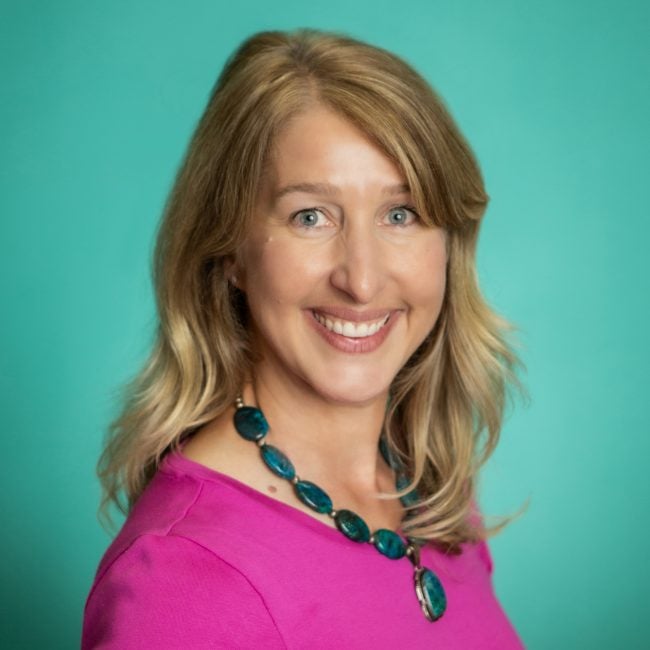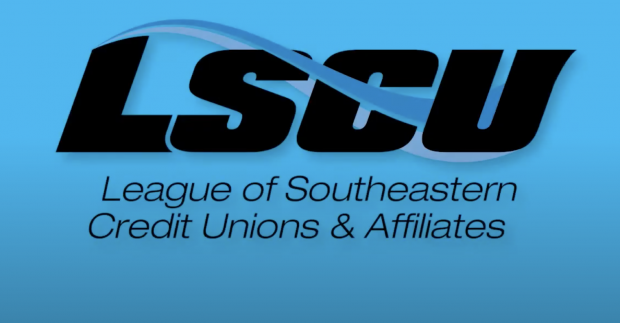 I'm anxiouslyawaiting the release of Foolproof: Why Safety Can Be Dangerousand How Danger Makes Us Safe. Author Greg Ip, a financial andeconomic journalist for Wall Street Journal and TheEconomist, observed that although we have learned a staggeringamount about human nature and disaster, we still experience carcrashes, floods and financial crises.
I'm anxiouslyawaiting the release of Foolproof: Why Safety Can Be Dangerousand How Danger Makes Us Safe. Author Greg Ip, a financial andeconomic journalist for Wall Street Journal and TheEconomist, observed that although we have learned a staggeringamount about human nature and disaster, we still experience carcrashes, floods and financial crises.
In fact, our attempts to stay safe are actually producing moreexposure to the risks we are trying to avoid.
|Consider this excerpt from the book, which was reviewed by myfavorite economist, Tyler Cowen, in his popular MarginalRevolution blog.
|The experiment found that people with no impairment to thebrain's emotional center were much more conservative. After losingmoney on one coin toss, only 40% of them agreed to invest on thenext — but 85% of the brain-damaged patients did. By the endof the game, the brain-damaged patients had earned an average of$25.70 while the healthy players averaged $22.60.
|Most of us are familiar with the famous quote from MichaelJordan, who said he's missed more than 9,000 shots in his career,and 26 times, was trusted to take the game-winning shot and missed.His willingness to fail is why he succeeded.
|Granted, basketball is only a game. It's not financialmanagement (except in Las Vegas). Credit unions can't risk missinggame-winning shots in their attempts to win.
|But consider the staggering statistics in another excerpt fromthe book.
|By Spellberg's reckoning, the odds of an adverse reaction toan antibiotic, such as an allergic reaction, are about 1 in 10,whereas the odds that someone will suffer because antibiotics werewrongly withheld are about 1 in 10,000. Nonetheless, mostphysicians do not want to run the risk of letting a patient sufferwhen an antibiotic could help.
|Dr. Brad Spellberg is an infectious disease specialist who hasled the effort to find new ways to fight disease. As we all know,the overuse of antibiotics has led to the development of drugresistant infections, which pose more risk than the run-of-the-milldiseases antibiotics were originally developed to cure.
|He told PBS two years ago that after antibiotics werediscovered, it opened doors in the field of medicine that alloweddoctors to not only treat diseases, but also perform complicatedsurgeries like organ transplants and apply treatments likechemotherapy.
|Such technological advances have been lifesavers to many. Buthas our risk of contracting those diseases decreased? Have wegained quality along with the increased quantity of our lifeexpectancies?
|Spellberg observed it's astonishing that in the 21stcentury, we've run out of drugs and have bacteria that areresistant to pretty much everything. Functionally, antibiotics andtheir perceived safety set medicine back 80 years.
|Credit unions are overwhelmed with regulationsand laws intended to protect financial cooperatives and consumers.The idea is that the more regs there are, the safer we'll be.
|And yet, everyone admits today's regulations probably won'tprevent the next crisis. In fact, regulators will be so busyenforcing current rules, they probably won't even see the nextcrisis coming.
|Cybersecurity is another area in which our never-ending pursuitof security is futile. EMV chip cards are supposed to eliminate therisk of magnetic strip technology. Yet Diebold revealed thieveshave already installed new ATM skimmers that are placed between theATM's chip reader and the card's chip, and successfully have stolencard information.
|Already, cyberattacks have mutated and are EMV-resistant.
|The NCUA board will finalize its risk-based capital rule Oct. 15. The rule was built upontechnological advances that allow for precise modeling and complexmatrices that pinpoint exactly where risk might occur and,presumably, mitigate it.
|But is this rule just another regulatory antibiotic that willproduce the next financial crisis? After all, corporate creditunions nearly buried the industry with investments inmortgage-backed securities, which at the time were consideredrisk-free. That perceived safety masked the true risks of concentration and mezzaninetranches.
|Regulators are damned if they do and damned if they don't. Ifthe NCUA doesn't write tougher rules, they'll be blamed for thenext crisis just like they were the last one.
|However, regulators and legislators in every industry mustreconsider their strategy of prescribing treatments to keep us safeand instead holistically accept risk and promote health.
Complete your profile to continue reading and get FREE access to CUTimes.com, part of your ALM digital membership.
Your access to unlimited CUTimes.com content isn’t changing.
Once you are an ALM digital member, you’ll receive:
- Critical CUTimes.com information including comprehensive product and service provider listings via the Marketplace Directory, CU Careers, resources from industry leaders, webcasts, and breaking news, analysis and more with our informative Newsletters.
- Exclusive discounts on ALM and CU Times events.
- Access to other award-winning ALM websites including Law.com and GlobeSt.com.
Already have an account? Sign In
© 2024 ALM Global, LLC, All Rights Reserved. Request academic re-use from www.copyright.com. All other uses, submit a request to [email protected]. For more information visit Asset & Logo Licensing.









